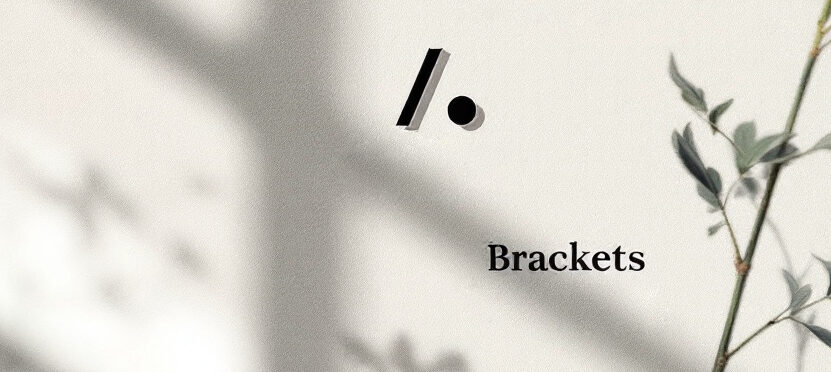Another common “puzzle” regarding punctuation is when to use dashes, parentheses or brackets. As a general rule, let’s just say that all three of them are used to separate interrupting elements from the main idea of a sentence.
Dashes (─)
Dashes are more common in informal writing and are used in the following situations:
- To separate emphatic and abrupt interruptions.
e.g. Our teacher -who always gets angry even when we are a few minutes late- did not reprimand Jason when he arrived 20 minutes late. No one could believe it!
2. To mark sharp turns in thought.
e.g. She spent a good 20 minutes praising Jack’s qualities as Head of the department -then announced that he was to be demoted.
3. To give more emphasis to elements that we could have separated with commas.
e.g. As a company we advocate -we must advocate- for equal opportunities for all our employees.
4. To separate an expression that summarizes or illustrates a statement that precedes or follows.
e.g. It is not difficult to recognize her origins -her accent, the colour of her hair and her complexion as well as her love of salmon- everything points to her being Scandinavian.
5. To indicate interrupted dialogue, in which case we usually type two dashes separated by a space.
e.g. “All I wanted to say was— ──"
“I really don’t care!”
Be careful -1: When we type, a dash is made with two unspaced hyphens.
Be careful -2: When you use a dash, no space is left between the dash and the words.
Parentheses
We use parentheses in the following cases:
- For incidental comments
- e.g. At school, all boys adored her (I can’t find a better word to describe how they felt) and were ready to do whatever she would ask them to.
- For details and examples
- e.g. World War II (1940-44) brought about the economic collapse of the country.
- A more detailed analysis of the causes of the problem can be found in the chapter on climate change (pages 108-78).
- For figures or letters used to enumerate points e.g. A growing tourist market will eventually lead to (1) overcrowded popular tourist destinations, (2) increased prices, and (3) environmental degradation.
- For dates and page numbers (in academic writing) e.g. Jones (2020) calls this a “happy accident” (p. 134).
Be careful: You shouldn’t use a punctuation mark before a parenthetical statement that occurs within a sentence. If a comma is necessary, add it after the parenthesis: e.g. I could not understand his affection towards her (if that is what he felt), so I decided to accept it and stop questioning his motives.
Epilogue
This series of three mini-articles on the most common punctuation marks was meant to serve as a quick reference guide for all English language users, and it is by no means exhaustive. I hope it will prove useful and helpful in cases of confusion.
References
Corder, J. and Ruszkiewicz, J. (1989) Handbook of Current English (8th ed). Harper Collins

